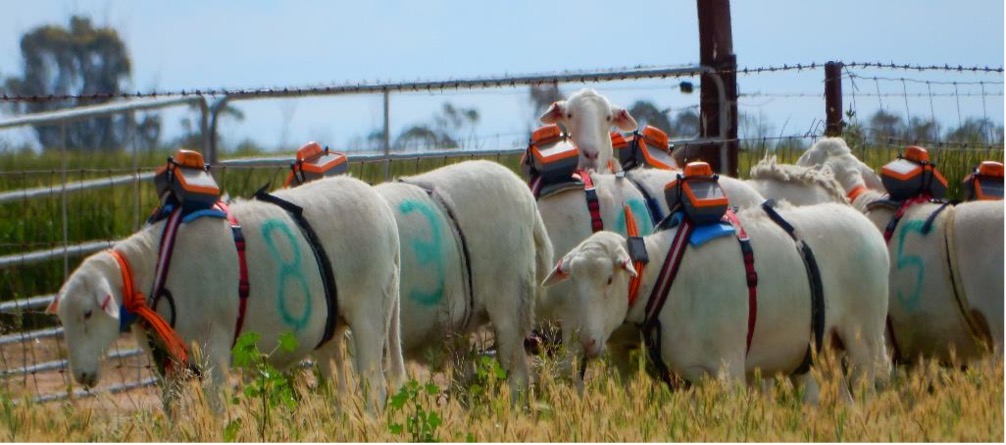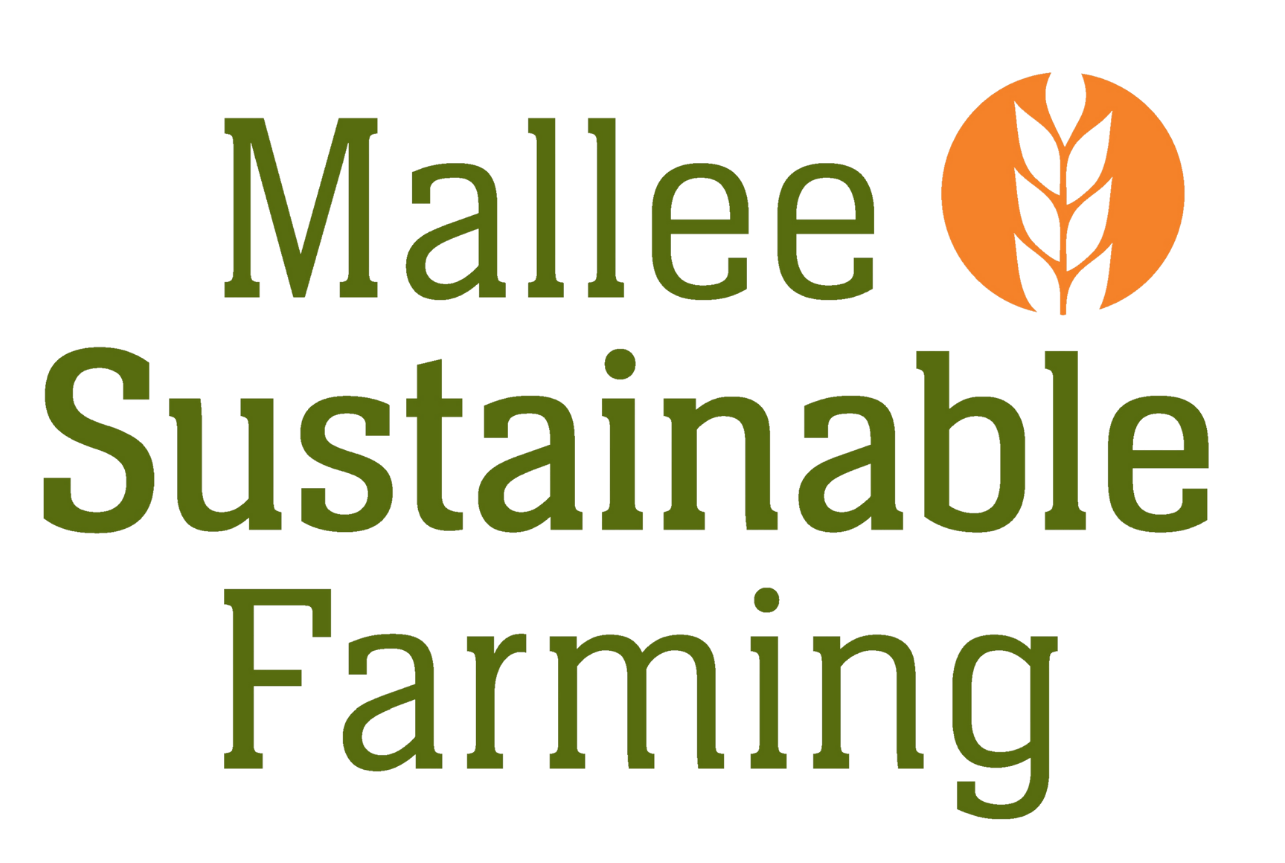
For years, farmers have been eagerly awaiting advancements in virtual fencing technology, hoping to revolutionise livestock management and eliminate the need for traditional fences. This transformative technology promises to improve efficiency, reduce costs, and enhance environmental sustainability. But the big question remains: How much closer are we to seeing virtual fencing in a commercial setting, especially for sheep?
The latest VF Trials and Progress
Virtual fencing is already making significant strides in cattle farming. The technology offers numerous benefits such as enhanced ground cover management and increased feed efficiency. Rick Llewellyn from CSIRO shares insights on groundbreaking trials, including successful sheep management at Lameroo using prototype devices. Although these devices are not yet commercially viable for sheep, the trials affirm the feasibility of the concept.
Leading Innovations in Cattle Farming
Currently, virtual fencing technology is more advanced for cattle, with approximately one thousand farmers already benefiting from it commercially. Innovations by companies like Gallagher and Halter are paving the way, particularly in dairy farming, setting the stage for broader applications. This progress is crucial as it demonstrates the commercial potential and sets a foundation for future developments in sheep farming.
Environmental and Practical Benefits
Beyond improved livestock management, virtual fencing offers substantial environmental perks. It can help protect riparian zones, curb erosion, and manage ground cover more effectively—all while cutting down the high costs associated with traditional fencing methods. This technology holds promise for sustainable farming practices, which is essential for long-term agricultural success.
The Promise for Sheep Farming
The future possibilities for sheep farming are particularly exciting. Although still in early development, ongoing research aims to refine the technology to be smaller, lighter, and more cost-effective. The ultimate goal is to extend the same control and efficiency observed in cattle farming to sheep farming. This would be a game-changer for farmers, especially in low rainfall mixed farming environments.
A Glimpse into the Future
The advancements in virtual fencing technology are not just theoretical—they are actively being developed and tested, bringing us closer to a future where livestock management is more efficient, sustainable, and cost-effective. For farmers, this means better resource management, improved animal welfare, and reduced environmental impact.
Curious to learn more about the latest developments in virtual fencing and how it could transform your farming practices? Tune in to the latest episode of the MSF Podcast, where Rick Llewellyn from CSIRO provides an in-depth update on this exciting technology.
Listen to the full episode now and stay ahead of the curve in modern farming!
This podcast was developed as part of the “Developing robust ground cover to enable resilience in low rainfall mixed farms” project through funding from the Australian Government’s Future Drought Fund.











